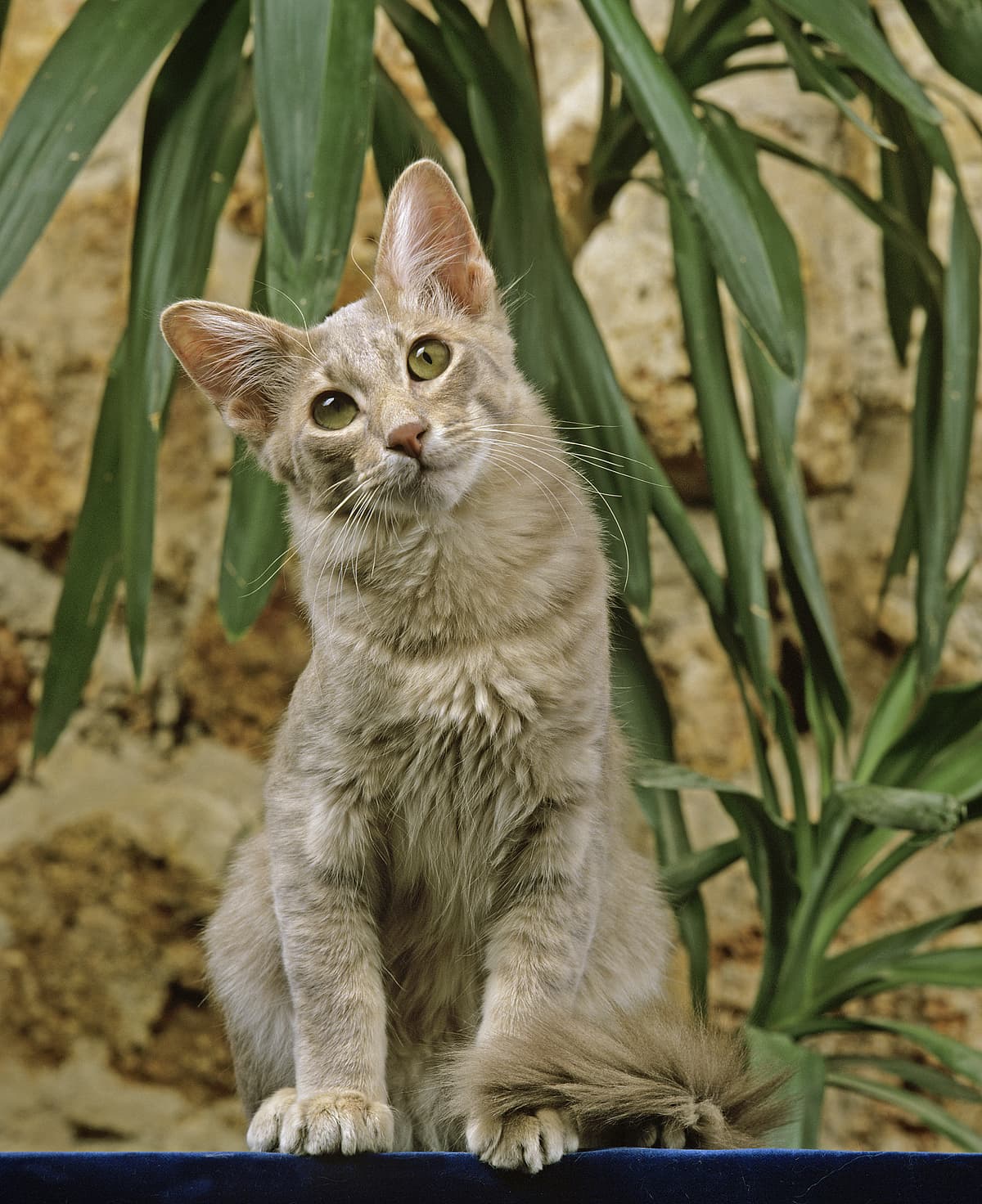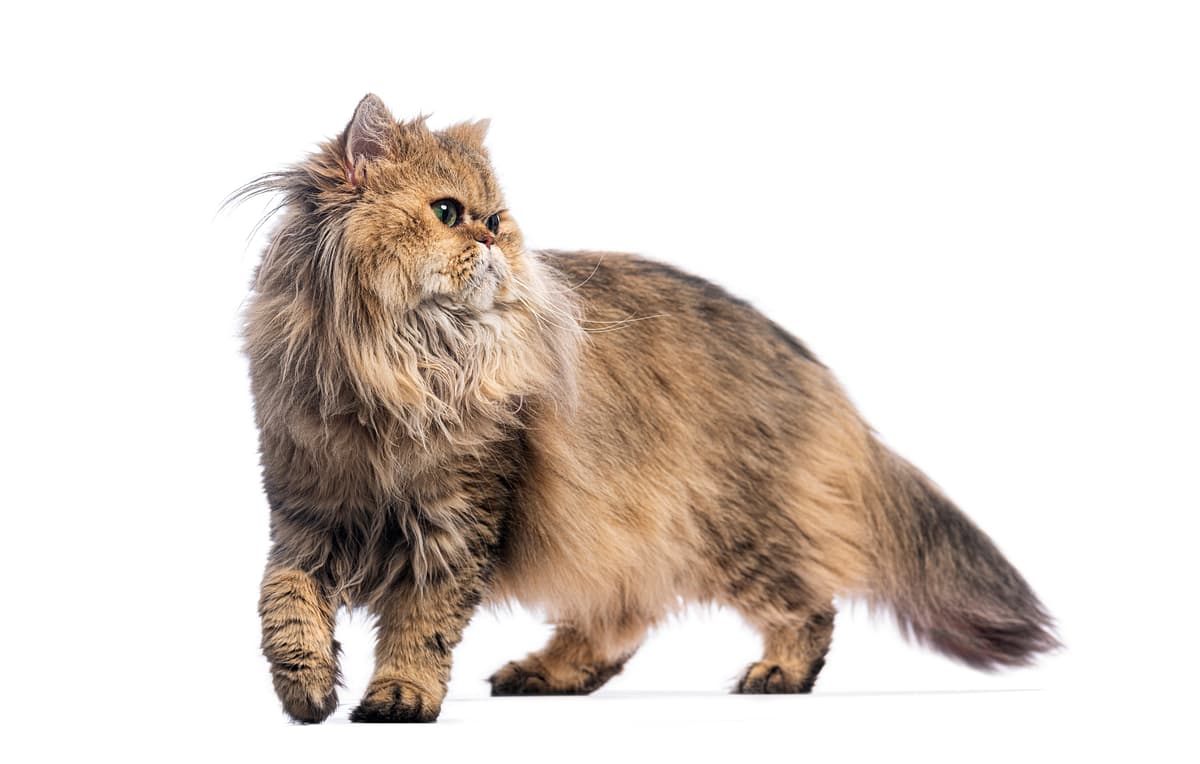Oriental Longhair vs Persian
Discover the differences between Oriental Longhair and Persian to make the best choice for your situation.
Try different breeds

Oriental Longhair
Elegant, social, and highly intelligent, this breed thrives on companionship and interactive play. Long, silky fur and expressive eyes add to its striking charm as a family cat.

Persian
Luxurious long fur, expressive eyes, and a calm presence define this affectionate breed. Persian cats thrive as gentle companions, bringing quiet elegance to any home.
Quick comparison
Medium
3.5–5 kg
Longhaired, silky
12–15 years
2.5–4 kg
High energy
Medium
3.5–6.0 kg
Longhaired, dense undercoat
12–17 years
3.0–5.5 kg
Low activity needs
Personality & behavior
Compare the personality traits and behavioral characteristics of both breeds.
Oriental Longhair
Enjoys company, bonds closely with family members
Quick learner, responds well to training
Very active, often seeks stimulation
Loves interactive games and chasing toys
Adjusts fairly well to new situations
Persian
Affectionate and gentle with family members
Learns routines but not highly problem-solving
Prefers lounging over being active
Enjoys quiet play, not very lively
Adjusts to change but prefers stability
Care needs
Exercise, grooming, and daily care requirements
Oriental Longhair
Progressive retinal atrophy, dental disease
Persian
Polycystic kidney disease, respiratory issues
Suitability
How well each breed fits different living situations and families
Oriental Longhair
Good option
Adaptable and social, Oriental Longhairs respond well to attentive first-time owners.
Very suitable
They adjust well to smaller spaces if given attention and enrichment.
Perfect fit
Their playful, energetic nature matches well with active, busy households.
Generally good
They enjoy play but need supervision with younger children due to their sensitive nature.
Highly suitable
Friendly and social, they typically get along well with other pets.
Not ideal
They dislike solitude and may become anxious if left alone for long periods.
Persian
Good choice
Their gentle temperament suits new owners but grooming needs require extra commitment
Excellent fit
Low activity level and quiet nature are well-suited for small living spaces
Not ideal
They prefer calm environments and may be stressed by frequent noise or activity
Generally suitable
Patient and tolerant, but supervision with very young children is recommended
Usually compatible
Can get along with other pets if properly introduced and socialized
Poor choice
Persians dislike being left alone and may develop stress or behavioral issues
Breed strengths
What each breed excels at and their best qualities
Oriental Longhair
- Highly social and people-oriented
- Intelligent and easy to train
- Affectionate with family members
- Playful and active personality
- Low-shedding long coat
Persian
- Gentle and calm temperament
- Affectionate with family members
- Adapts well to indoor living
- Low prey drive and minimal hunting
- Quiet and rarely vocalizes
Challenges & considerations
Potential challenges and considerations for each breed
Oriental Longhair
- Prone to separation anxiety when alone
- May develop dental issues if neglected
- Sensitive to changes in environment
- Can become vocal when bored
- Requires regular grooming to prevent mats
Persian
- Requires daily grooming and brushing
- Prone to respiratory health issues
- Sensitive to heat and humidity
- Regular eye cleaning often necessary
- Can be less playful than other breeds
Ready to choose your perfect breed?
Learn more about each breed or compare other breeds to find the perfect match for your lifestyle.
Discover more helpful tools
Make use of our other free tools to get the most out of your pet experience
